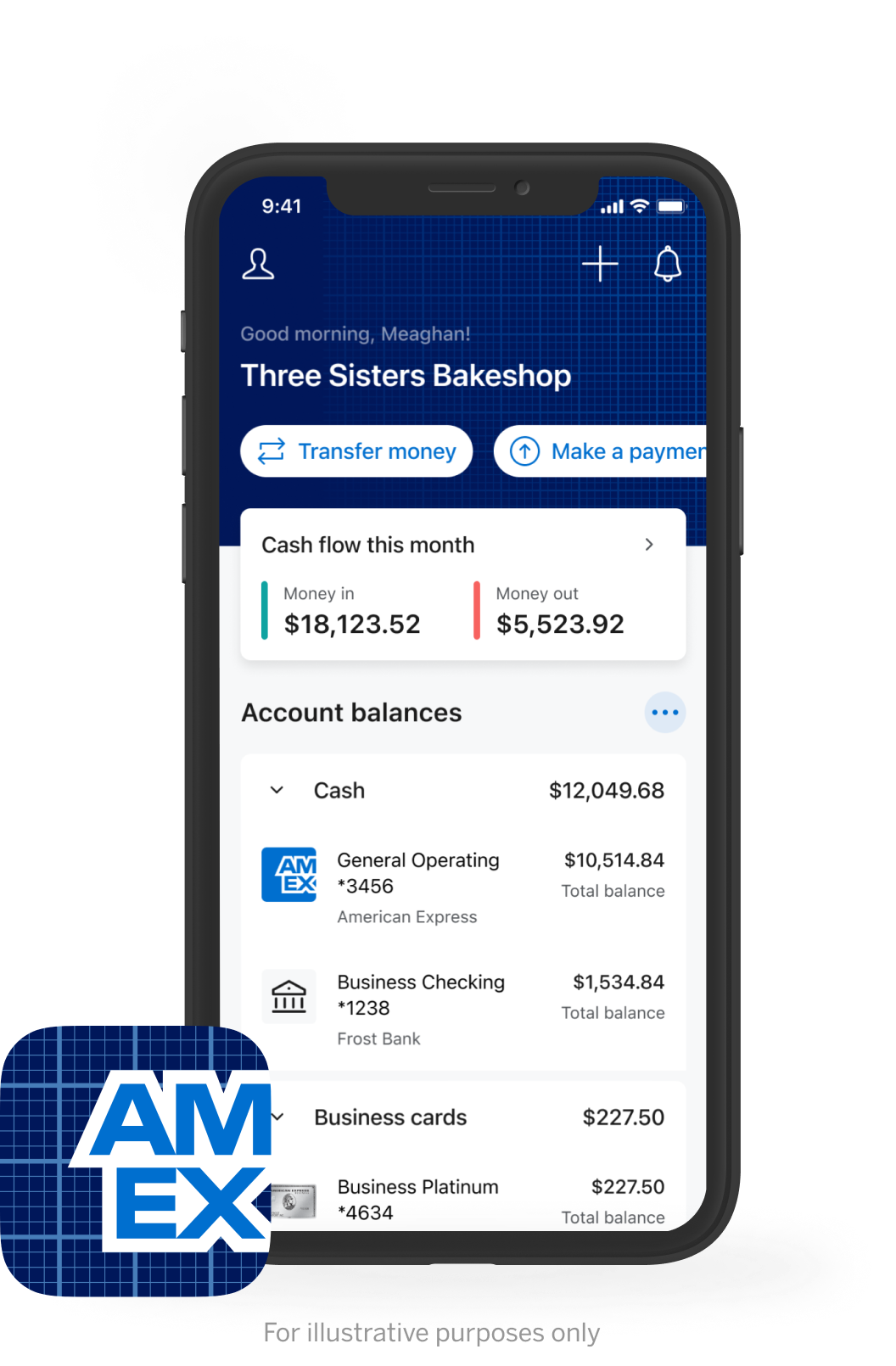American express business blueprint™
See the bigger picture for your small business
One convenient place to view your select American Express and linked external accounts – plus personalized cash flow insights.1
Dive into your cash flow insights
Explore a personalized snapshot of your select Amex business products and linked external accounts to get a deeper understanding of how money moves in and out of your business.
Apply for growth-focused products that can match your business' needs
If approved, these products automatically appear on your dashboard.
Focus on growth with flexible access to business funding.‡
Discover funding >Earn 1.30% APY3 on balances up to $500,000. Terms apply. Deposit accounts offered by American Express National Bank. Member FDIC.
Explore more >
I honestly feel Business Blueprint has given me a bird's-eye view of my business, so I can get back to work and not get stuck in a spreadsheet.
Real American Express® Business Line of Credit customer aware that this testimonial may be featured.






